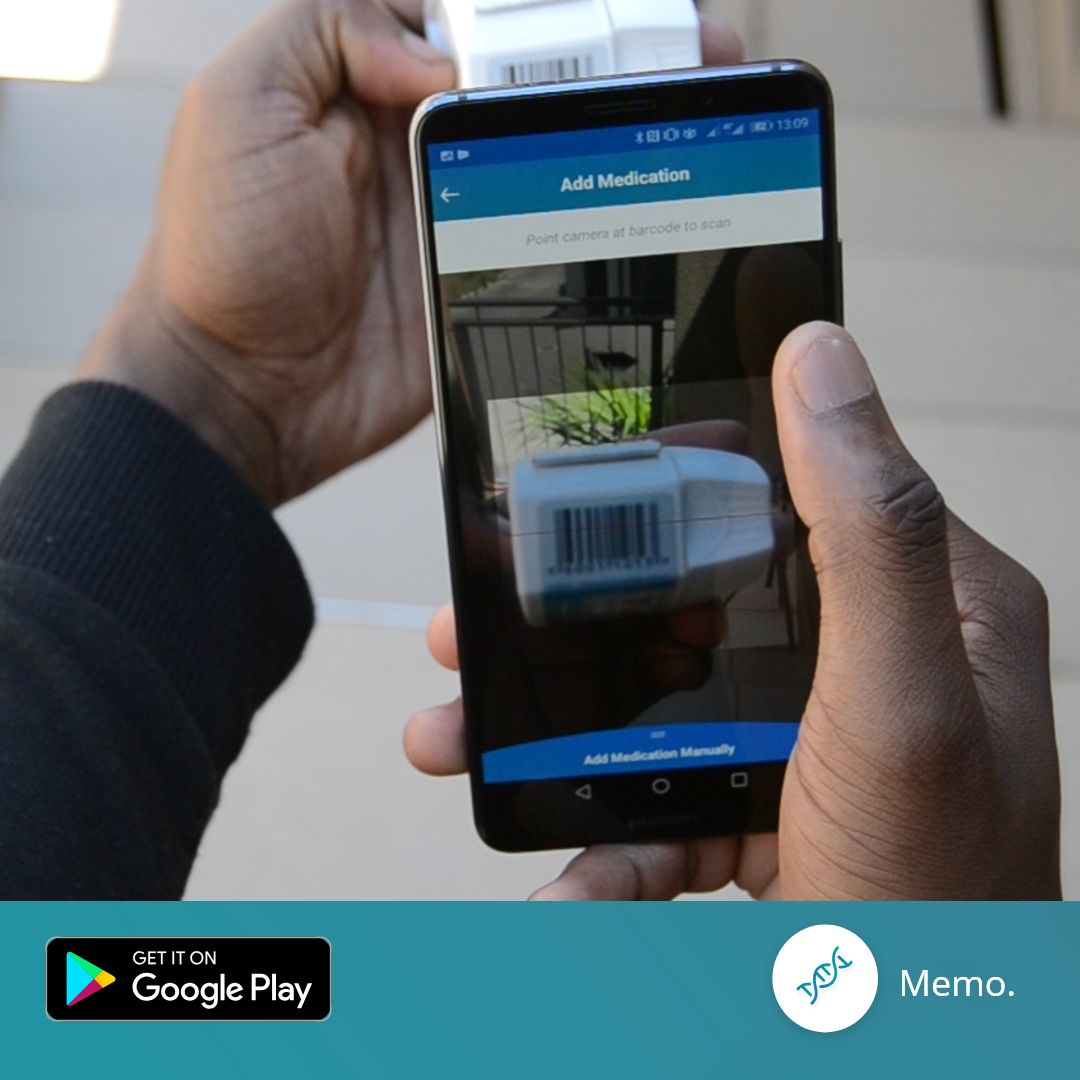Presented by British Council Connect ZA and Live SA, in association with Creative Nestlings.
“Design in its definition is energy, freedom and innovative thinking, and that’s what young people are,” said Michael, kick-starting an arresting discussion at the very first Live Creative Session in Cape Town as part of Open Design Cape Town. The session facilitator, Karen Stewart posed the question: Is design for young people?
The conversation got off to a quick start with panellists Michael (Creative head at BBDO), Daniel (Graphic designer), Anthea (Graphic designer), Mugendi (CPUT Coordinator) and Gugulethu (Manager WDC) all in consensus that design is truly for young people. The audience joined in with some hard-hitting questions touching on why creatives are still not finding suitable employment if opportunities are available.
“We should stop calling it [design], firstly,” said Gugu, who argued that the reason why young people are intimidated by design is because of the language we use.
But before a serious case of FOMO sets in – for those who weren’t there – I’ll highlight three key points that were raised at the event.
So whose party is it anyway?
Design is for everyone. More to the point, everyone is a designer. If you’ve ever experienced a problem in your life and you created a solution you are a designer. Design is not just fashion design, architecture, graphic designing or interior design. “That 21-year-old guy who started a business fetching medicine for his community members on a bicycle? That’s a designer,” Gugu explained.
We need to stop thinking design is for the elite and affluent.
Create your own opportunities.
So now you are a qualified young designer (or not so qualified passionate problem-solver), now what? Waiting for magazines to hire you is one way of going about success. But if those job opportunities are not knocking on your door, and the “World Design Capital” committee is not seeking your services, maybe standing up and starting your own business, volunteering and getting a mentor is not such a bad idea.
Atang, a self-taught illustrator and customizer picked up a pencil and began drawing early in his life, and years later he founded a company designing and customizing everything from sneakers to benches. His work has seen him travel around the world and he presented some of his work at the session.
What’s law got to do with it?
“Medical doctors, lawyers, accountants are just some of the professionals who bring a unique voice into design. You don’t have to study courses that are typically associated with design to form a career in the industry. Mugendi, a professor at CPUT explained how some students pay thousands to study and graduate, only to find out that the actual industry is nothing similar to their expectations.
Design is changing and evolving quickly, we are reviewing our curriculum to suit the needs of our students.” Said Mugendi.
The event came to a close and Anthea and Daniel reminded the crowd that you need to be looking in the right places to find jobs, and remember to push yourself. “Qualifications are great, but we are hiring young people for their crazy ideas and unique way of seeing things,” concluded Michael.
Thank you Live SA for an eye-opening edition which was hopefully the first of many.



